This was a speech I gave in Brisbane to launch the QUT OSS group. It talks about FOSS, hacker culture, open government/data, and why we all need to embrace our inner geek 🙂
Welcome to the beginning of something magnificent. I have had the luck, privilege and honour to be involved in some pretty awesome things over the 15 or so years I’ve been in the tech sector, and I can honestly say it has been my involvement in the free and Open Source software community that has been one of the biggest contributors.
It has connected me to amazing and inspiring geeks and communities nationally and internationally, it has given me an appreciation of the fact that we are exactly as free as the tools we use and the skills we possess, it has given me a sense of great responsibility as part of the pioneer warrior class of our age, and it has given me the instincts and tools to do great things and route around issues that get in the way of awesomeness.
As such it is really excited to be part of launching this new student focused Open Source group at QUT, especially one with academic and industry backing so congratulations to QUT, Red Hat, Microsoft and Tech One.
It’s also worth mentioning that Open Source skills are in high demand, both nationally and internationally, and something like 2/3 of Open Source developers are doing so in some professional capacity.
So thanks in advance for having me, and I should say up front that I am here in a voluntary capacity and not to represent my employer or any other organisation.
Who am I? Many things: martial artist, musician, public servant, recently recovered ministerial adviser, but most of all, I am a proud and reasonably successful geek.
Geek Culture
So firstly, why does being a geek make me so proud? Because technology underpins everything we do in modern society. It underpins industry, progress, government, democracy, a more empowered, equitable and meritocratic society. Basically technology supports and enhances everything I care about, so being part of that sector means I can play some small part in making the world a better place.
It is the geeks of this world that create and forge the world we live in today. I like to go to non-geek events and tell people who usually take us completely for granted, “we made the Internet, you’re welcome”, just to try to embed a broader appreciation for tech literacy and creativity.
Geeks are the pioneers of the modern age. We are carving out the future one bit at a time, and leading the charge for mainstream culture. As such we have, I believe, a great responsibility to ensure our powers are used to improve life for all people, but that is another lecture entirely.
Geek culture is one of the driving forces of innovation and progress today, and it is organisations that embrace technology as an enabler and strategic benefit that are able to rapidly adapt to emerging opportunities and challenges.
FOSS culture is drawn very strongly from the hacker culture of the 60’s and 70’s. Unfortunately the term hacker has been stolen by the media and spooks to imply bad or illegal behaviours, which we would refer to as black hat hacking or cracking. But true hacker culture is all about being creative and clever with technology, building cool stuff, showing off one’s skills, scratching an itch.
Hacker culture led to free software culture in the 80’s and 90’s, also known as Open Source in business speak, which also led to a broader free culture movement in the 90’s and 00’s with Creative Commons, Wikipedia and other online cultural commons. And now we are seeing a strong emergence of open government and open science movements which is very exciting.
Open Source
A lot of people are aware of the enormity of Wikipedia. Even though Open Source well predates Wikipedia, it ends up being a good tool to articulate to the general population the importance of Open Source.
Wikipedia is a globally crowdsourced phenomenon than, love it or hate it, has made knowledge more accessible than every before. I personally believe that the greatest success of Wikipedia is in demonstrating that truth is perception, and the “truth” held in the pages of Wikipedia ends up, ideally anyway, being the most credible middle ground of perspectives available. The discussion pages of any page give a wonderful insight to any contradicting perspectives or controversies and it teaches us the importance of taking everything with a grain of salt.
Open Source is the software equivalent of Wikipedia. There are literally hundreds of thousands if not millions of Open Source software projects in the world, and you would used thousands of the most mature and useful ones every day, without even knowing it. Open Source operating systems like Linux or MINIX powers your cars, devices, phones, telephone exchanges and the majority of servers and super computers in the world. Open Source web tools like WordPress, Drupal or indeed WikiMedia (the software behind Wikipedia) power an enormous amount of websites you go to everyday. Even Google heavily uses Open Source software to build the worlds most reliable infrastructure. If Google.com doesn’t work, you generally check your own network reliability first.
Open Source is all about people working together to scratch a mutual itch, sharing in the development and maintenance of software that is developed in an open and collaborative way. You can build on the top of existing Open Source software platforms as a technical foundation for innovation, or employ Open Source development methodologies to better innovate internally. I’m still terrified by the number of organisations I see that don’t use base code revision systems and email around zip files!
Open Source means you can leverage expertise far beyond what you could ever hope to hire, and you build your business around services. The IT sector used to be all about services before the proprietary lowest common denominator approach to software emerged in the 80s.
But we have seen the IT sector largely swing heavily back to services, except in the case on niche software markets, and companies compete on quality of services and whole solution delivery rather than specific products. Services companies that leverage Open Source often find their cost of delivery lower, particularly in the age of “cloud” software as a service, where customers want to access software functionality as a utility based on usage.
Open Source can help improve quality and cost effectiveness of technology solutions as it creates greater competition at the services level.
The Open Source movement has given us an enormous collective repository of stable, useful, innovative, responsive and secure software solutions. I must emphasise secure because many eyes reviewing code means a better chance of identifying and fixing issues. Security through obscurity is a myth and it always frustrates me when people buy into the line that Open Source is somehow less secure than proprietary solutions because you can see the code.
If you want to know about government use of Open Source, check out the Open Source policy on the Department of Finance and Deregulation website. It’s a pretty good policy not only because it encourages procurement processes to consider Open Source equally, but because it encourages government agencies to contribute to and get involved in the Open Source community.
Open Government
It has been fascinating to see a lot of Open Source geeks taking their instincts and skills with them into other avenues. And to see non-technical and non-Open Source people converging on the same basic principles of openness and collaboration for mutual gain from completely different avenues.
For me, the most exciting recent evolution of hacker ethos is the Open Government movement.
Open Government has always been associated with parliamentary and bureacratic transparency bureaucratic, such as Freedom of Information and Hansard.
I currently work primarily on the nexus where open government meets technology. Where we start to look at what government means in a digital age where citizens are more empowered than ever before, where globalisation challenges sovereignty, where the need to adapt and evolve in the public service is vital to provide iterative, personalised and timely responses to new challenges and opportunities both locally and globally.
There are three key pillars of what we like to call “Government 2.0”. A stupid term I know, but bear with me:
- Participatory governance – this is about engaging the broader public in the decision making processes of government to both leverage the skills, expertise and knowledge of the population for better policy outcomes, and to give citizens a way to engage directly with decisions and programs that affect their every day lives. Many people think about democratic engagement as political engagement, but I content that the public service has a big role to play in engaging citizens directly in co-developing the future together.
- Citizen centricity – this is about designing government services with the citizen at the centre of the design. Imagine if you will, and I know many in the room are somewhat technical, imagine government as an API, where you can easily aggregate information and services thematically or in a deeply personalised way for citizens, regardless of the structure or machinery of government changes. Imagine being able to change your address in one location, and have one place to ask questions or get the services you need. This is the vision of my.gov.au and indeed there are several initiatives that delivery on this vision including the Canberra Connect service in the ACT, which is worth looking at. In the ACT you can go into any Canberra Connect location for all your Territory/Local government needs, and they then interface with all the systems of that government behind the scenes in a way that is seamless to a citizen. It is vital that governments and agencies start to realise that citizens don’t care about the structures of government, and neither should they have to. It is up to us all to start thinking about how we do government in a whole of government way to best serve the public.
- Open and transparent government – this translates as both parliamentary transparency, but also opening up government data and APIs. Open data also opens up opportunities for greater analysis, policy development, mobile service delivery, public transaprency and trust, economic development through new services and products being developed in the private sector, and much more.
Open Data
Open data is very much my personal focus at the moment. I’m now in charge of data.gov.au, which we are in the process of migrating to an excellent Open Source data repository called CKAN which will be up soon. There is currently a beta up for people to play with.
I also am the head cat herder for a volunteer run project called GovHack which ran only just a week ago, where we had 1000 participants from 8 cities, including here in Brisbane, all working with government data to build 130 new hacks including mashups, data visualisations, mobile and other applications, interactive websites and more. GovHack shows clearly the benefits to society when you open up government data for public use, particularly if it is available in a machine readable way and is available under a very permissive copyright such as Creative Commons.
I would highly recommend you check out my blog posts about open data around the world from when I went to a conference in Helsinki last year and got to meet luminaries in this space including Hans Rosling, Dr Tim Hubbard and Rufus Pollock. I also did some work with the New Zealand Government looking at NZ open data practice and policy which might be useful, where we were also able to identify some major imperatives for changing how governments work.
The exciting thing is how keen government agencies in Federal, State, Territory and Local governments are to open up their data! To engage meaningfully with citizens. And to evolve their service delivery to be more personalised and effective for everyone. We are truly living in a very exciting time for technologists, democracy and the broader society.
Though to be fair, governments don’t really have much choice. Citizens are more empowered than ever before and governments have to adapt, delivery responsive, iterative and personalised services and policy, or risk losing relevance. We have seen the massive distribution now of every traditional bastion of power, from publishing, communications, monitoring, enforcement, and even property is about to dramatically shift, with the leaps in 3D printing and nano technologies. Ultimately governments are under a lot of pressure to adapt the way we do things, and it is a wonderful thing.
The Federal Australian Government already has in place several policies that directly support opening up government data:
Australia has also recently signed up to the Open Government Partnership, an international consortia of over 65 governments which will be a very exciting step for open data and other aspects of open government.
At the State and Territory level, there is also a lot of movement around open data. Queensland and the ACT launched your new open data platform late last year with some good success. NSW and South Australia have launched new platforms in the last few weeks with hundreds of new data sets. Western Australia and Victoria have been publishing some great data for some time and everyone is looking at how they can do so better!
Many local governments have been very active in trying to open up data, and a huge shout out to the Gold Coast City Council here in Queensland who have been working very hard and doing great things in this space!
It is worth noting that the NSW government currently have a big open data policy consultation happening which closes on the 17th June and is well worth looking into and contributing to.
Embracing geekiness
One of my biggest bug bears is when people say “I’m sorry the software can’t do that”. It is the learned helplessness of the tech illiterate that is our biggest challenge for innovating and being globally competitive, and as countries like Australia are overwhelming well off, with the vast majority of our citizens living high quality lives, it is this learned helplessness that is becoming the difference between the haves and have nots. The empowered and the disempowered.
Teaching everyone to embrace their inner geek isn’t just about improving productivity, efficiency, innovation and competitiveness, it is about empowering our people to be safer, smarter, more collaborative and more empowered citizens in a digital world.
If everyone learnt and experienced even the tiniest amount of programming, we would all have embedded that wonderful instinct that says “the software can do whatever we can imagine”.
Open Source communities and ethos gives us a clear vision as to how we can overcome every traditional barrier to collaboration to make awesome stuff in a sustainable way. It teaches us that enlightened self interest in the age of the Internet translates directly to open and mutually beneficial collaboration.
We can all stand on the shoulders of giants that have come before, and become the giants that support the next generation of pioneers. We can all contribute to making this world just a bit more awesome.
So get out there, embrace your inner geek and join the open movement. Be it Open Source, open government or open knowledge, and whatever your particular skills, you can help shape the future for us all.
Thank you for coming today, thank you to Jim for inviting me to be a part of this launch, and good luck to you all in your endeavours with this new project. I look forward to working with you to create the future of our society, together.

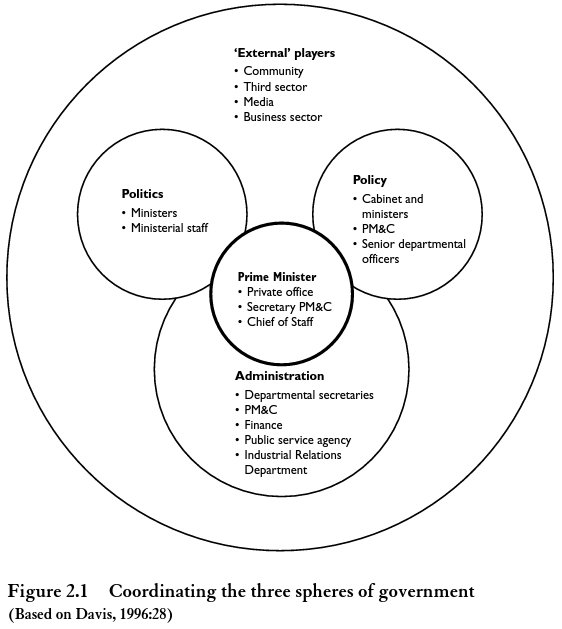
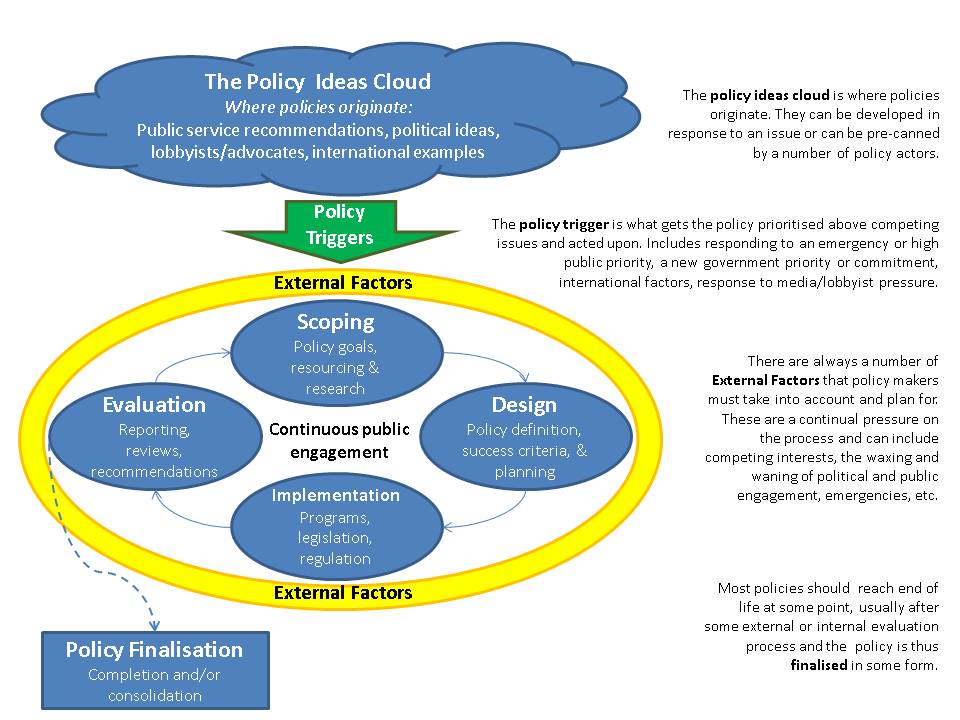



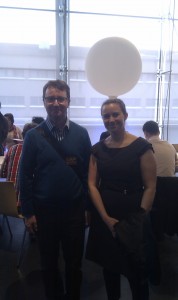


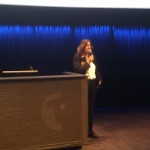
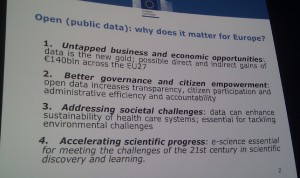
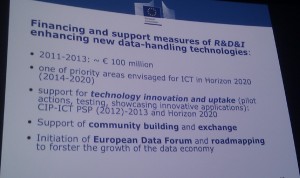
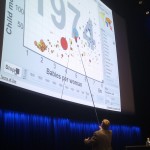
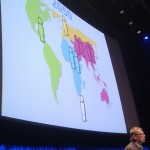
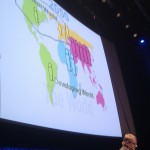



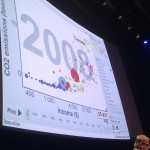

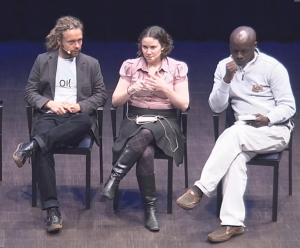
 My shiny black carbon fibre cast. Shiny!
My shiny black carbon fibre cast. Shiny!